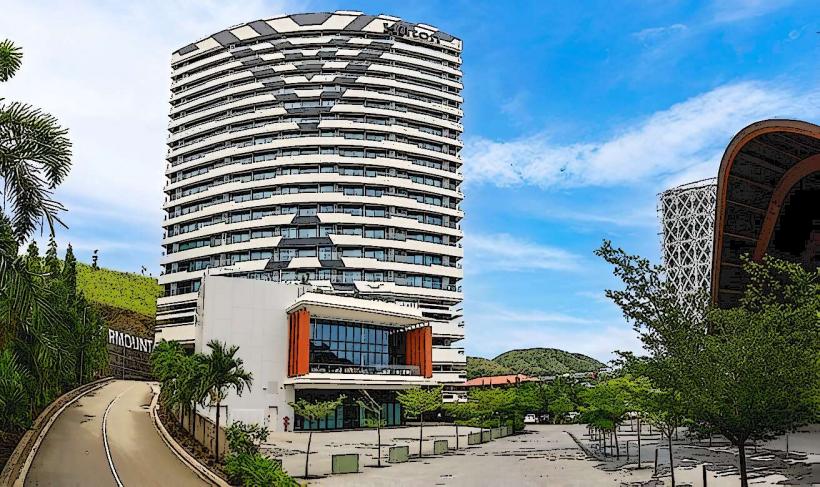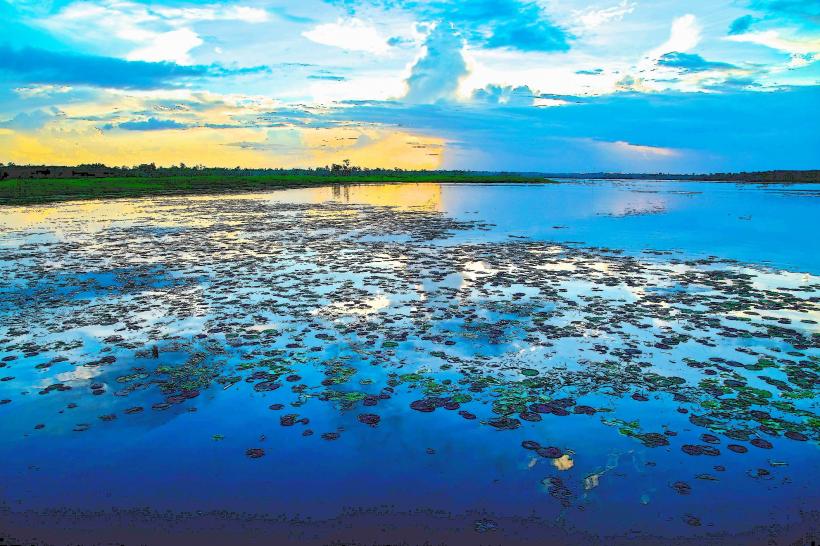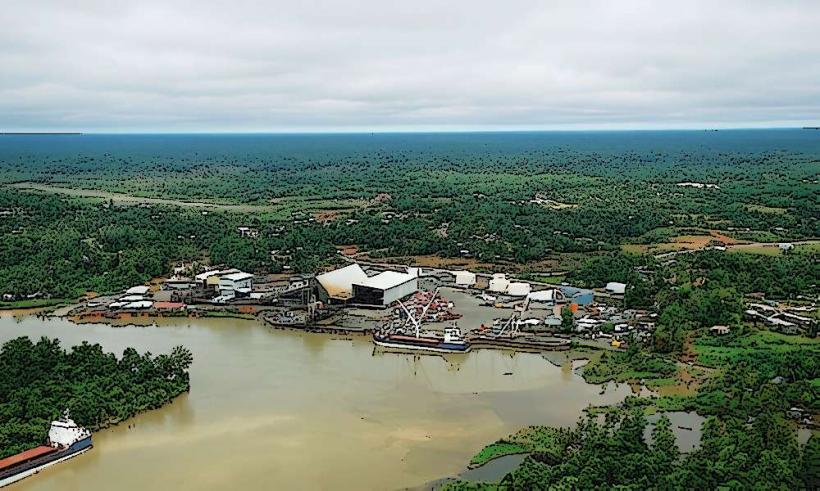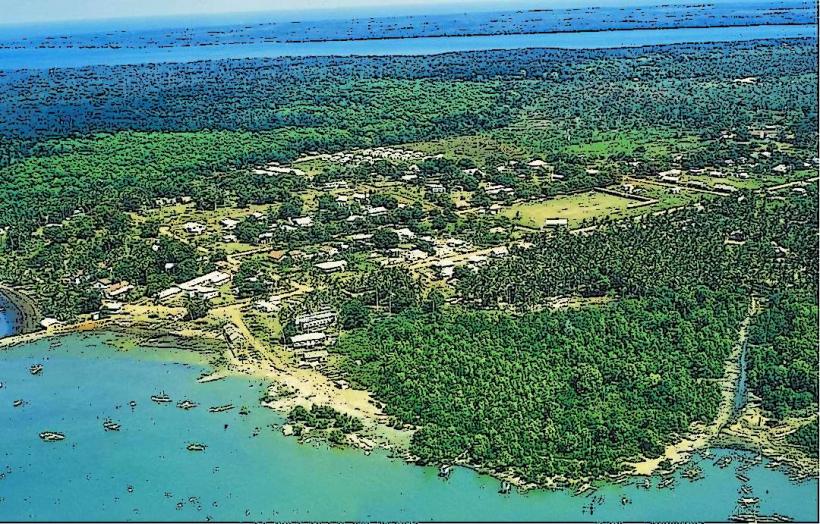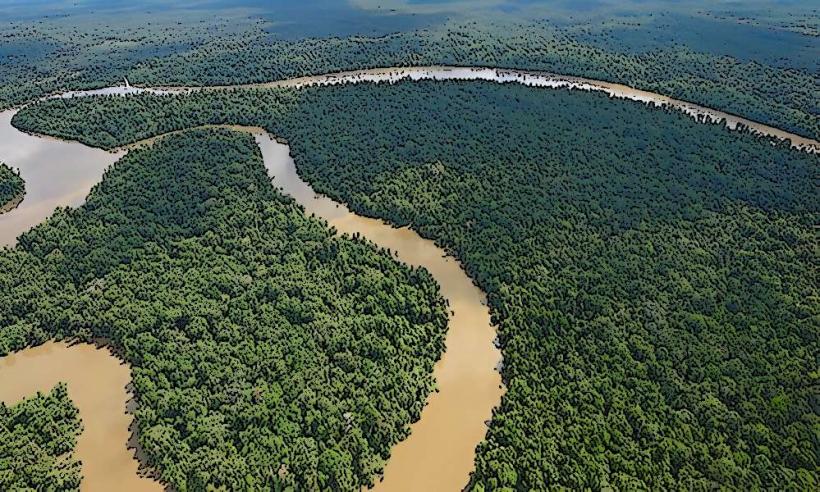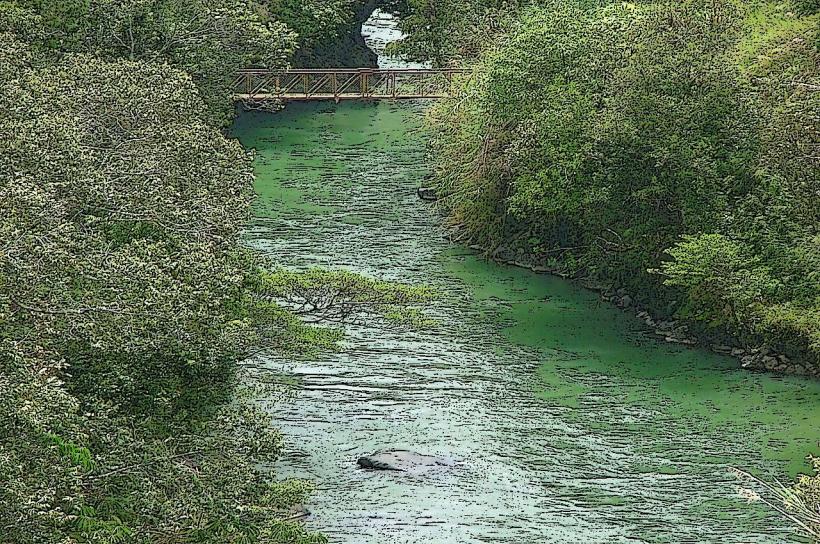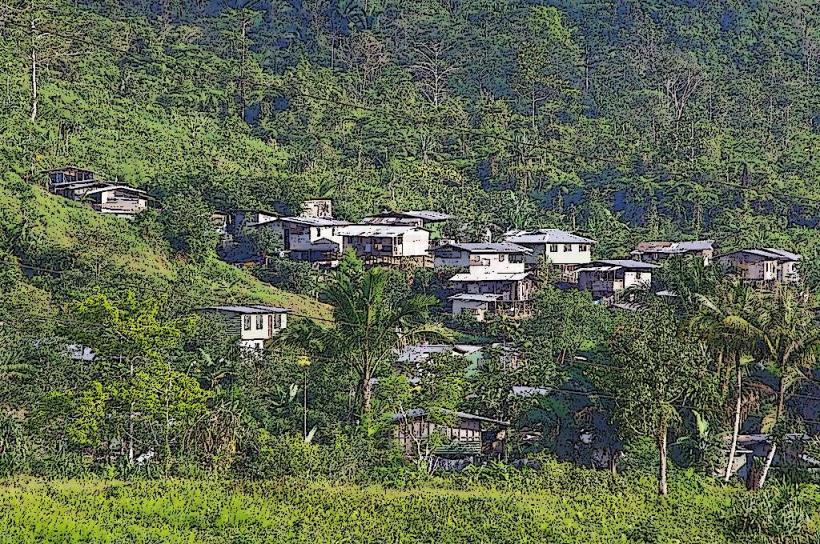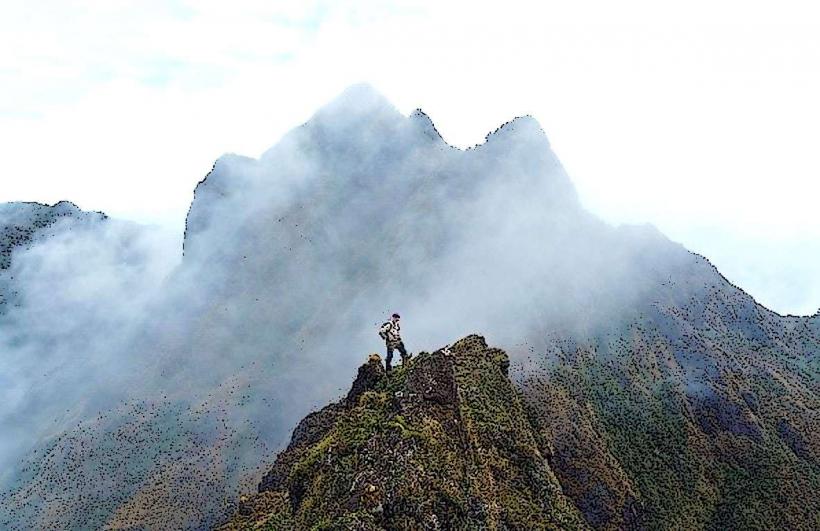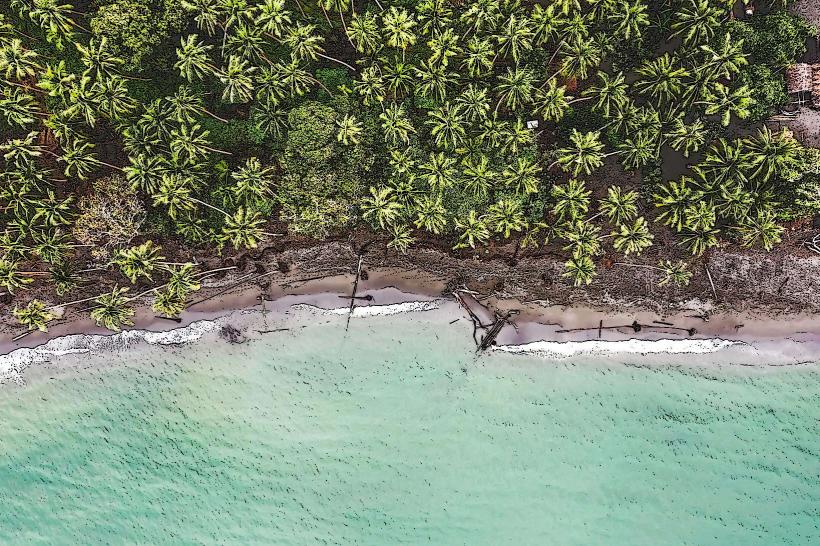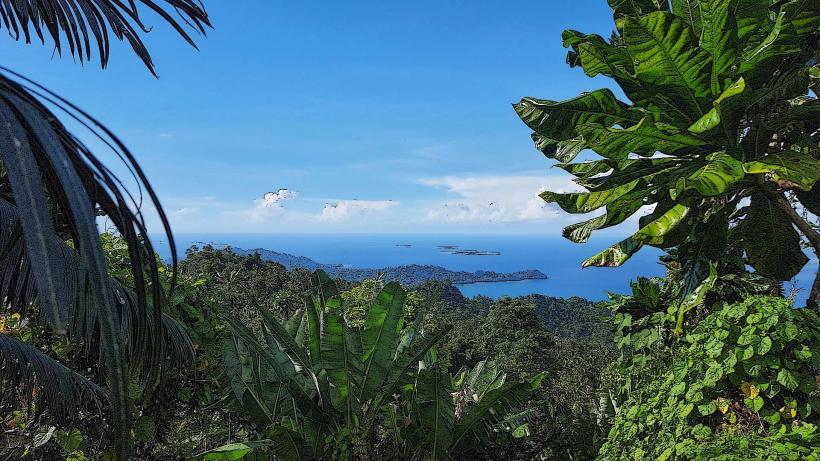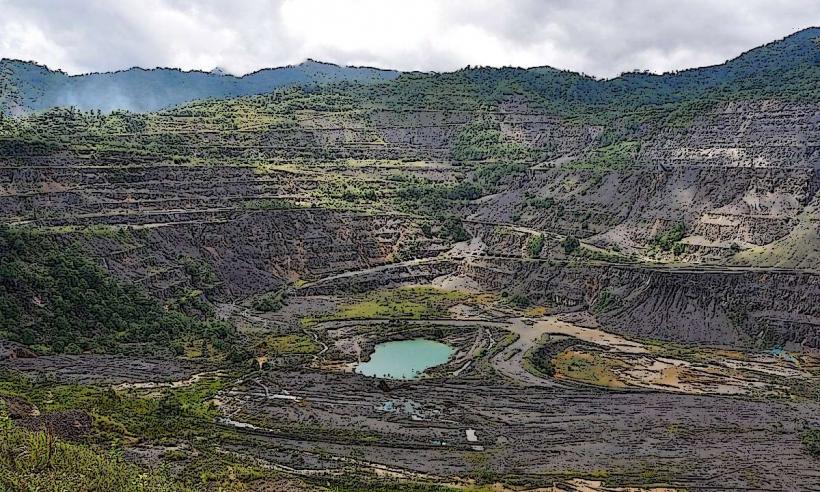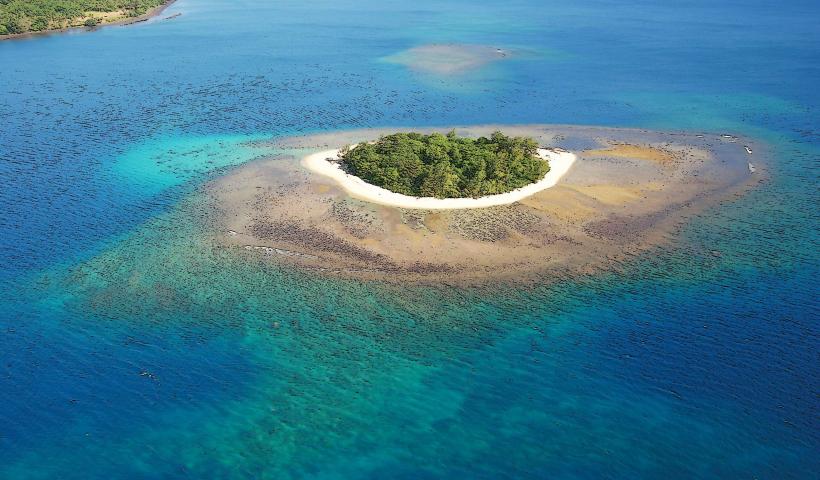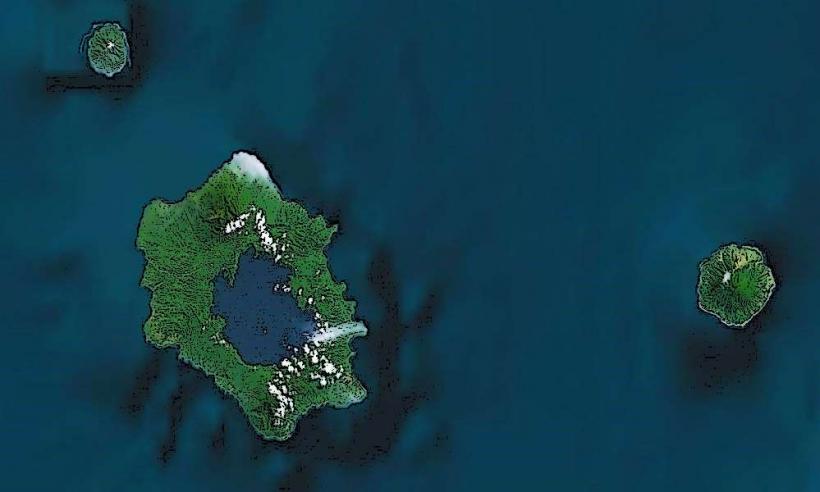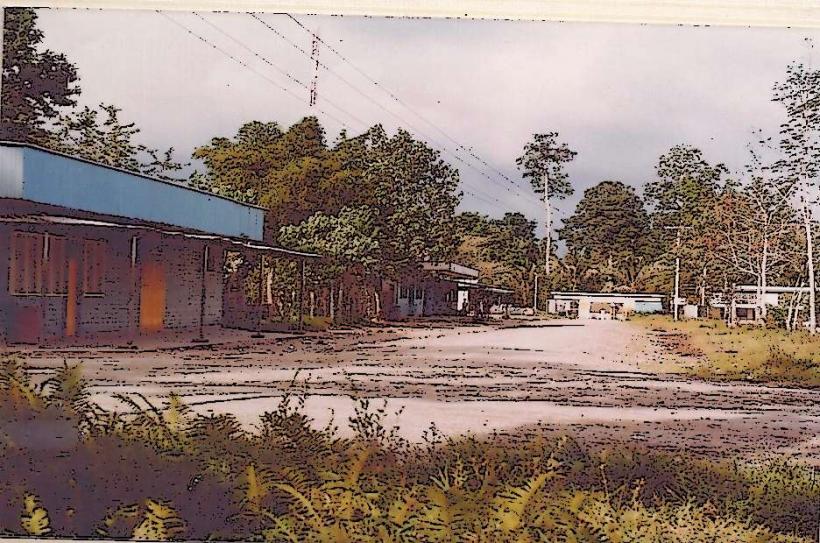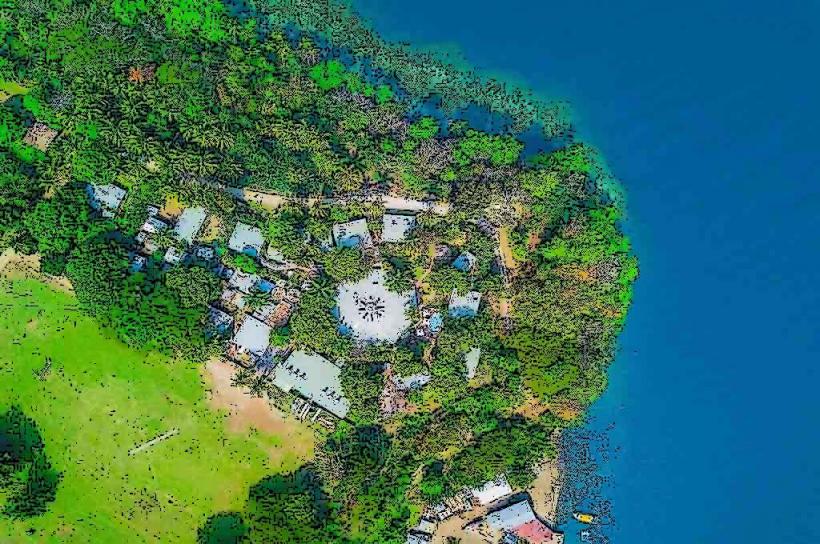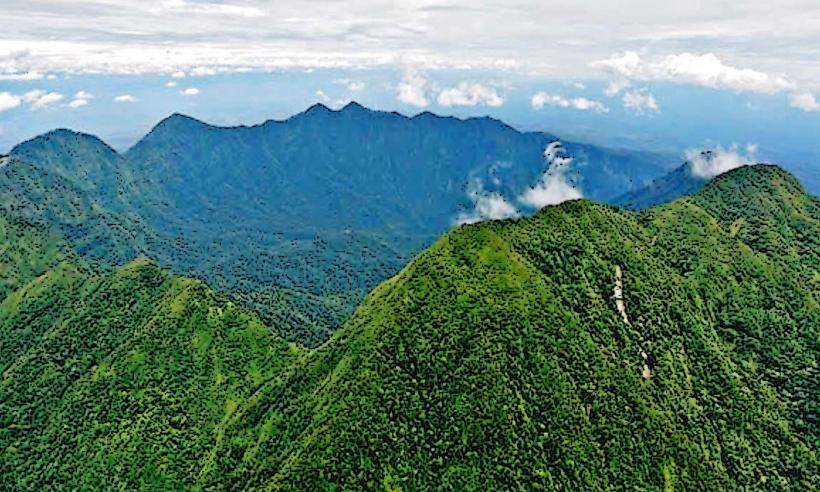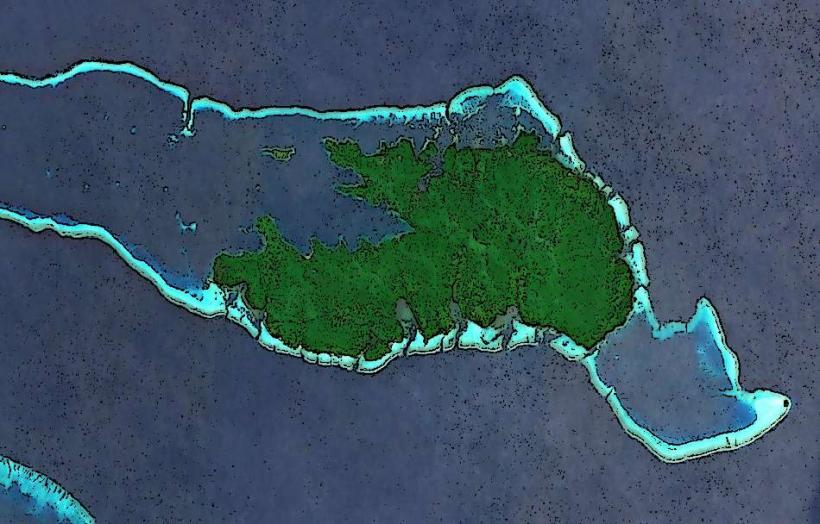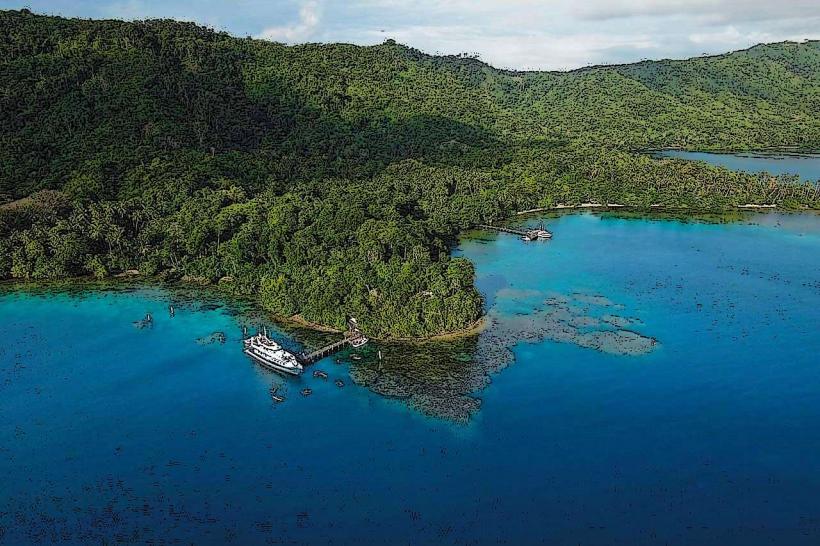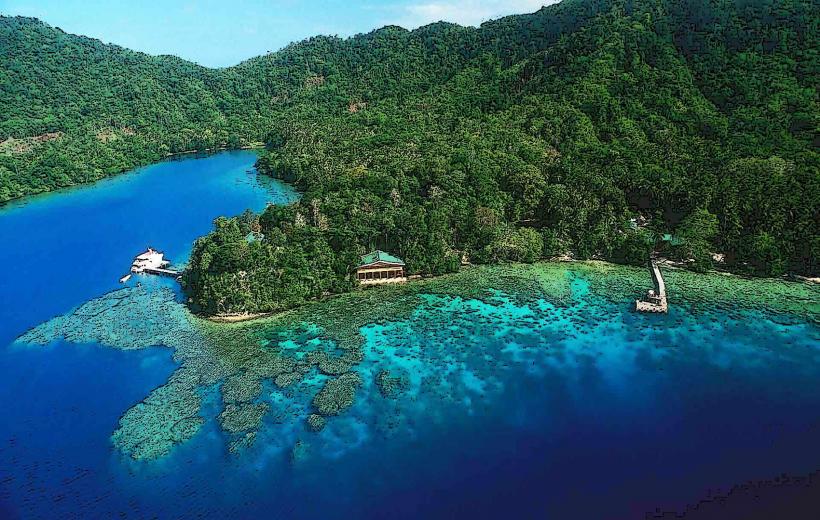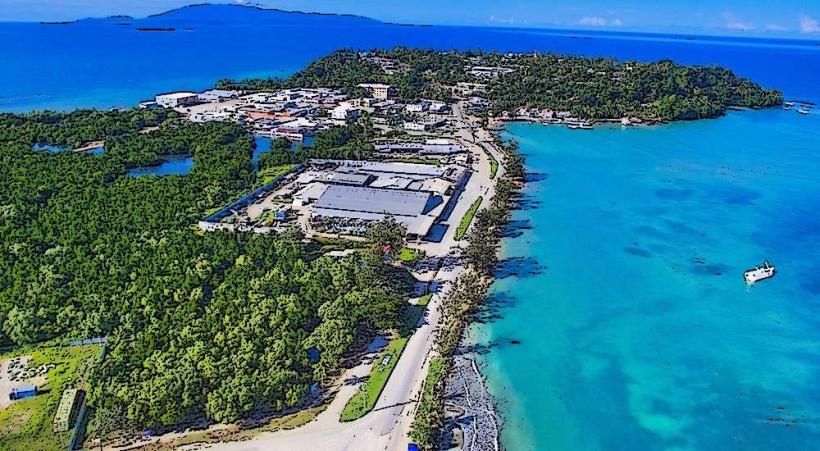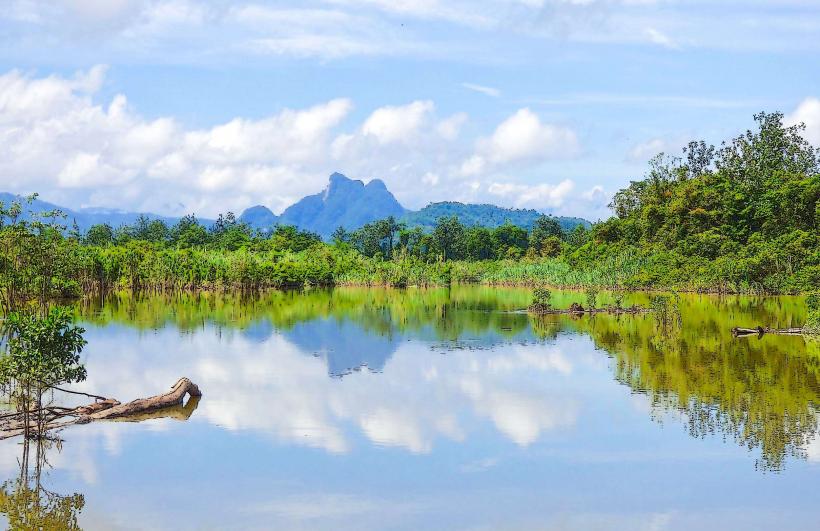Information
Landmark: Mount GiluweCity: Provice Area
Country: Papua New Guinea
Continent: Australia
Mount Giluwe is the second-highest mountain in Papua New Guinea, located in the Southern Highlands Province. It is part of the New Guinea Highlands and is known for its striking, isolated volcanic landscape. Here’s a detailed look at Mount Giluwe:
Geography and Location
- Elevation: Mount Giluwe stands at 4,367 meters (14,327 feet) above sea level, making it the second-highest peak in Papua New Guinea after Mount Wilhelm.
- Location: It is located in the Southern Highlands Province, specifically in the Tari Basin, about 100 kilometers to the northwest of Mount Hagen, the capital of Western Highlands Province.
- Coordinates: 5.5971° S, 143.9017° E.
- Volcanic Origin: The mountain is an extinct volcano that was formed through volcanic activity millions of years ago. It consists of a large central cone surrounded by crater lakes and a rugged landscape.
Physical Features
- Twin Peaks: Mount Giluwe is characterized by two prominent peaks: the Lower Peak (4,000 meters) and the Higher Peak (4,367 meters). Both peaks are separated by a saddle and provide the distinctive silhouette of the mountain.
- Crater Lakes: The mountain's summit area is home to several crater lakes. These lakes, formed by ancient volcanic eruptions, add to the unique natural beauty of the region.
- Vegetation: The lower slopes of Mount Giluwe are covered in tropical rainforests and grasslands, while the upper reaches are dominated by alpine vegetation such as mosses, ferns, and scree slopes. The flora varies depending on the elevation and climate.
Climbing and Access
- Climbing Mount Giluwe: Mount Giluwe is a popular destination for mountain climbers and trekkers. The ascent is challenging but not as technical as other high mountains like Mount Wilhelm. It involves a combination of trekking through dense forests and scrambling up rocky slopes. The hike typically takes two to three days, depending on the route and weather conditions.
- Access: The mountain is relatively remote, with the nearest town being Tari, which is accessible by air and road from Mount Hagen. The region is not well-developed in terms of infrastructure, but there are guides and support services for trekking expeditions.
Ecology and Wildlife
- Biodiversity: Mount Giluwe and its surrounding areas are home to a variety of unique species of flora and fauna, many of which are endemic to the region. Some of the wildlife found in the area includes:
- Birds: Mount Giluwe is a popular spot for birdwatching. It is home to several species of birds of paradise, as well as cassowaries, parrots, and hornbills.
- Mammals: While large mammals are rare in the high altitudes, the lower slopes of Mount Giluwe are home to species such as tree kangaroos, pademelons, and marsupials.
- Insects: The mountain's forests and alpine regions also support a wide variety of insects, many of which are endemic to the area.
Cultural Significance
- Huli People: The mountain lies within the Huli people's traditional territory. The Huli are one of the most well-known ethnic groups in Papua New Guinea, famous for their Huli wigmen and elaborate ceremonies. They view the mountain as a sacred place and have cultural connections to the surrounding land and its features.
- Spiritual Importance: Like many natural features in Papua New Guinea, Mount Giluwe holds spiritual significance for the indigenous peoples of the region. It is often associated with local myths, legends, and traditions.
Climate
- Temperate Climate: The climate of Mount Giluwe varies depending on altitude. The lower slopes experience a more temperate climate, while the higher elevations are colder, with temperatures often dropping below freezing at the summit.
- Rainfall: The mountain receives heavy rainfall, particularly during the wet season, from December to March. This creates lush vegetation in the lower slopes and contributes to the mountain’s rich biodiversity.
Tourism and Conservation
- Tourism Potential: While still relatively untouched, Mount Giluwe is gaining attention as a tourism destination due to its natural beauty, biodiversity, and challenging climbs. However, the region remains sparsely developed, and visitors often need to travel with specialized tours or guides.
- Conservation Issues: Like many parts of Papua New Guinea, Mount Giluwe and its surrounding areas face environmental pressures, including deforestation and mining activities. Local conservation efforts are in place to preserve the natural beauty and biodiversity of the region, but challenges remain.
Conclusion
Mount Giluwe is a remarkable natural feature of Papua New Guinea, offering breathtaking views, challenging climbs, and unique wildlife. As the second-highest peak in the country, it holds both ecological and cultural significance. Whether for trekkers, mountaineers, or those interested in Papua New Guinea's indigenous cultures, Mount Giluwe is a compelling destination.

